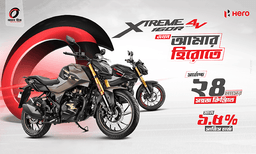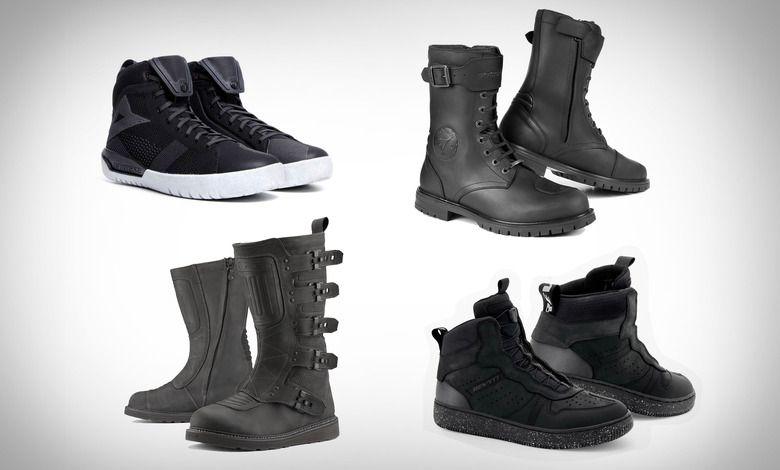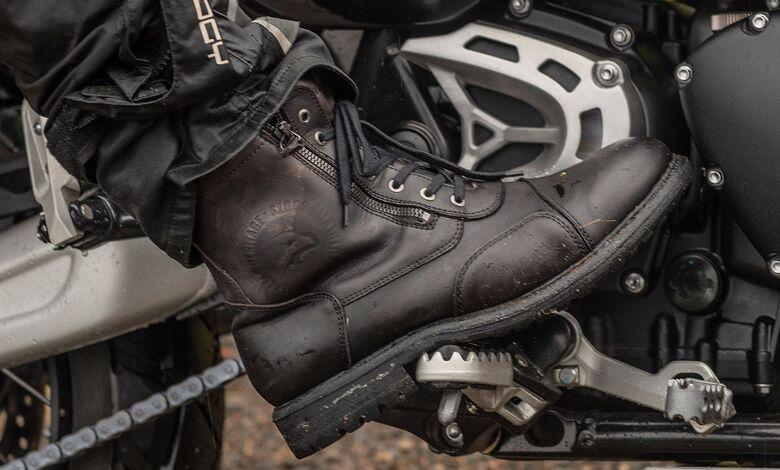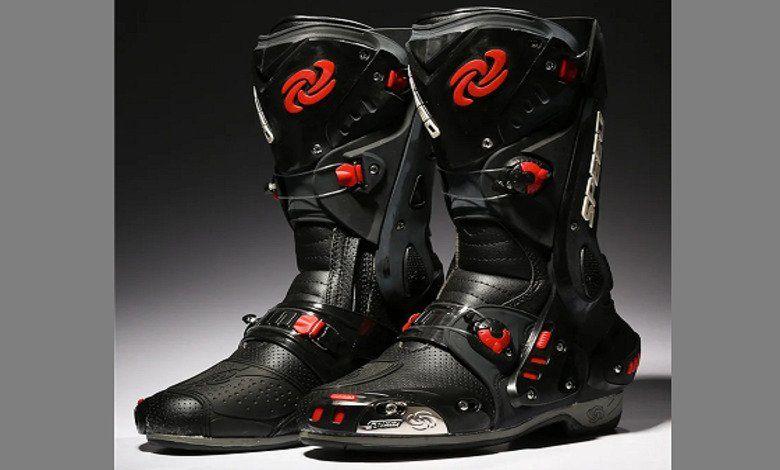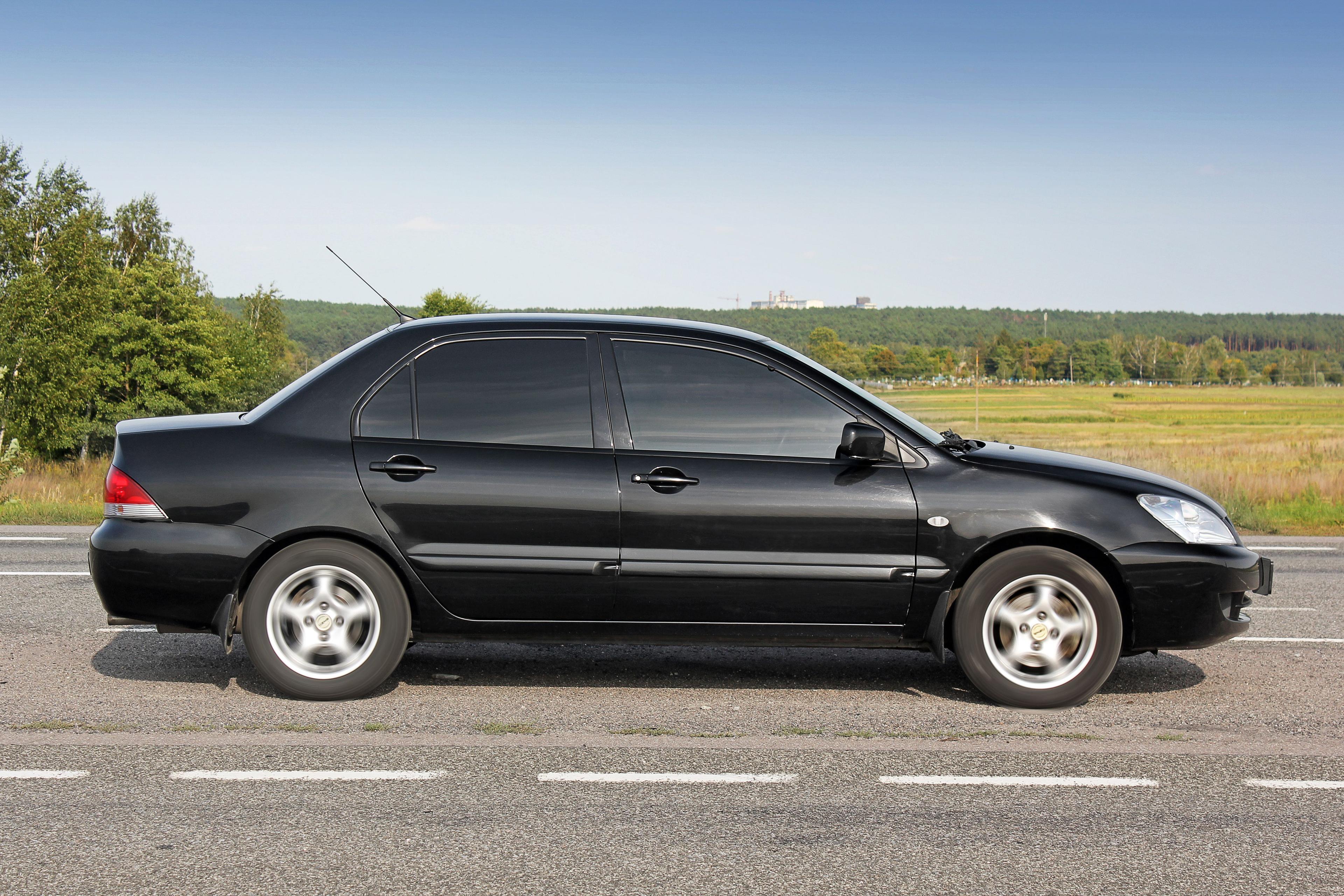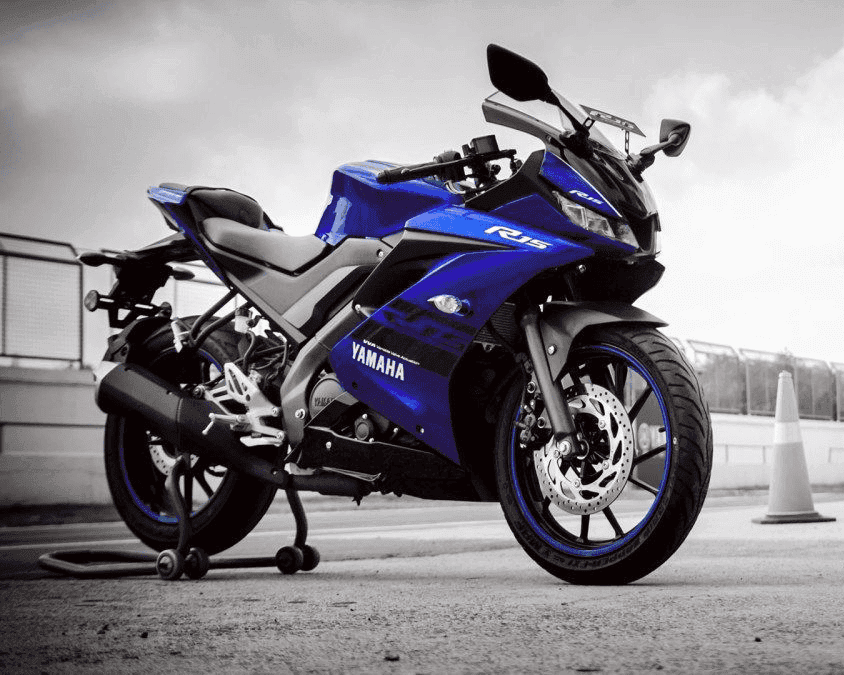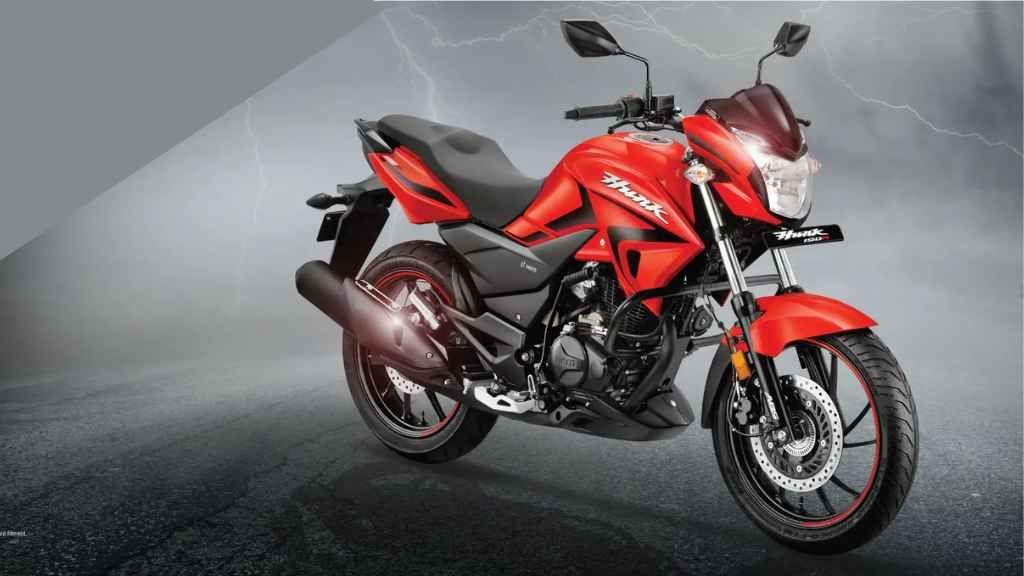Lightweight Racing Wheels: Features and Benefits
What are Lightweight Racing Wheels?
Lightweight racing wheels are a type of wheel specially designed for racing bikes that helps increase performance by reducing rotational mass. These wheels are typically made using lightweight materials like aluminum or carbon fiber, which helps reduce the overall weight of the vehicle. The reduction in rotational mass contributes to improved speed, braking and overall handling, making these wheels a popular option in motorsports, where every ounce can impact performance.
Whether professional or amateur, lightweight racing wheels are unmatched in ensuring maximum efficiency while riding a bike. These wheels offer maximum speed and efficiency, making them very popular. This article will discuss lightweight racing wheels in detail. For more information on various bike-related topics, keep an eye on the bikes guide.
So, let's learn about the uses, budget, positive aspects, etc., of lightweight racing wheels.
Features of Lightweight Racing Wheels
There are various types of bike wheels. These bikes are mostly used in bicycles or cars. Let's learn about the features of lightweight racing wheels. The features are:
Material Selection:
Carbon fiber is used in this wheel to maintain a balance between strength and weight. This balances the wheel's weight and affordability.
Rim Profile:
The rim further develops the bike's aerodynamics.
Various rim depths are considered here to meet specific riding conditions.
Spoke Configuration:
The spokes used here reduce weight while maintaining structural integrity. Aerodynamic spoke shapes contribute to overall performance enhancement.
Hub Technology:
High-quality hubs with smooth bearings reduce friction and increase rolling efficiency. At the same time, the hub engagement mechanism plays a role in instant power transfer.
Tubeless Compatibility:
Tubeless setups reduce wheel weight and offer lower rolling resistance. They also have good puncture resistance, contributing to a more reliable ride.
Advantages of Lightweight Racing Wheels
These wheels are preferred by everyone due to their special characteristics and advantages. Let's learn about the benefits of these wheels. The benefits are:
Speed:
Reduced rotational inertia helps in rapid acceleration. The lightweight nature of these wheels enables cyclists to reach maximum speed with less effort.
Handling and Maneuverability:
The wheel's weight enhances overall bike handling and responsiveness. Improved maneuverability is crucial, especially in competitive racing situations and when taking dangerous turns.
Climbing Performance:
Due to their low weight, climbing or riding becomes easier, and climbing performance increases. Cyclists can tackle hilly or uneven/sloping roads more easily and efficiently.
Aerodynamics:
The streamlined design of these wheels reduces air resistance. This increases aerodynamics.
Enhanced efficiency helps maintain high sustainable speeds through the air.
Energy Conservation:
Riders expend less energy to maintain a given speed. Riders who travel long distances benefit greatly from using these wheels.
Key Considerations Before Choosing Wheels
We've learned about the features and benefits of wheels. But how do you choose good lightweight racing wheels? In this case, you need to pay attention to a few things.
Riding Style:
Match the wheel characteristics with your preferred riding style—whether it's sprinting, climbing, or adjustment.
Road Consideration:
Select the wheel depth based on the type of road you primarily ride or will ride on.
Shallow rims may be more suitable for mountainous roads, while deep-section rims are better for flat stretches.
Budget:
Consider budget limitations, as lightweight wheels can range from moderately priced alloys to high-value carbon fiber models. So, consider your budget before buying.
Weight vs. Durability:
Maintaining a balance between weight reduction and durability is crucial.
Evaluate the trade-offs and select wheels that align with your performance goals and riding conditions.
Maintenance and Care:
Regular Inspection:
Check for any signs of damage or alteration, especially after hard rides or adverse weather conditions.
Cleaning Routine:
Clean regularly to prevent the accumulation of debris that can affect performance. Use appropriate cleaning agents and tools to maintain aesthetics and functionality.
Tire Pressure:
Maintain optimal tire pressure for enhanced performance and traction.
Professional Servicing:
Consult a professional bike mechanic periodically to ensure the wheels are in top condition.
Promptly address any issues to extend the lifespan of the wheels.
Conclusion
These wheels are quite popular among riders due to their impact on overall speed. As technology continues to advance, we can expect even more innovations in racing wheels, pushing riders towards unprecedented levels of performance. For more such articles, keep an eye on bikes guide and bikroy.


